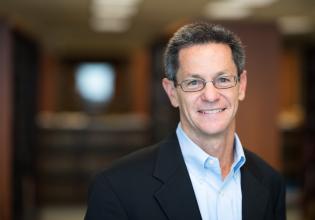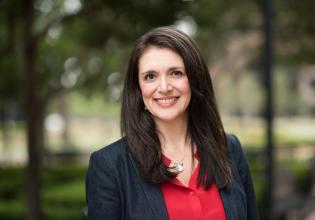
Supreme Court Reaffirms Computerized Abstract Ideas Not Patent-Eligible
Alice Corp. v. CLS Bank International
Justice THOMAS delivered the Court’s unanimous opinion. Justice SOTOMAYOR filed a concurring opinion, in which Justices GINSBURG and BREYER joined. Appeal from the Federal Circuit.
Holding
Unanimously affirming the Federal Circuit and holding all claims drawn to patent-ineligible subject matter under 35 U.S.C . § 101.
How This May Be Important
The Supreme Court’s approach is similar to what qualified patent practitioners have known for quite some time. Methods that simply use a general purpose computer to reproduce what a person could “do in his/her head” or to conduct business transactions that are conventionally performed over the phone, through emails, with spreadsheets, etc., are not patent eligible subject matter. Thus, the Court has squarely placed the burden on the patent drafter to look deeper, and do more than recite the “purely conventional.” The decision is unlikely to significantly affect software patents involving other types of inventions, and especially those of a more technical nature. However, this case is part of a trend of appellate court decisions striking down patents under Section 101. This defense has been raised with increasing frequency by accused patent infringers in litigation, and we expect the outcome of this case will result in the defense being litigated even more frequently.
Detailed Summary
Alice owns several patents that disclose a scheme for mitigating “settlement risk” between two parties by using a computer system as a third-party intermediary. The patents in suit claim (1) a method for exchanging financial obligations, (2) a computer system configured to carry out the method, and (3) a computer-readable medium containing program code for performing the method. Following the precedent of Bilski v. Kappos, 561 U.S. 593 (2010), the district court held that all of the claims were ineligible for patent protection under 35 U.S.C. §101 because they are directed to an abstract idea. The en banc Federal Circuit affirmed. The Supreme Court also affirmed.
Following the framework of Association for Molecular Pathology v. Myriad Genetics, Inc., 569 U. S. ___ (2013) and Mayo Collaborative Services v. Prometheus Laboratories, Inc., 566 U. S. ___ (2012), the Court first determined whether the claims were directed to a patent-ineligible concept and then analyzed whether the claim’s elements, considered both individually and as an ordered combination, transformed the nature of the claim into a patent-eligible application. Specifically, the Court determined that the claims at issue are directed to the abstract idea of intermediated settlement, a fundamental economic practice long prevalent in our system of commerce. Turning to the second step of the framework, the Court determined that the addition of a computer did not render this abstract idea patent-eligible. Taking the claim elements separately, the function performed by the computer at each step is “purely conventional. ” And considered “as an ordered combination,” these computer components “ad[d] nothing . . . that is not already present when the steps are considered separately.” Viewed as a whole, these method claims simply recite the concept of intermediated settlement as performed by a generic computer. The Court observed that the method claims “do not, for example, purport to improve the functioning of the computer itself” or “effect an improvement in any other technology or technical field.” Rather, applying the abstract idea of intermediated settlement using some unspecified, generic computer was not “enough” to transform the abstract idea into a patent-eligible invention.
Because Alice’s system and media claims added nothing of substance to the underlying abstract idea, they too were patent-ineligible under § 101. The Court reiterated its warning against interpreting § 101 “in ways that make patent eligibility ‘depend simply on the draftsman’s art.’ ” The Court observed that holding that the system and media claims patent eligible would have exactly that result.
Justice Sotomayor, joined by Justices Ginsburg and Breyer, agreed that the method claims were drawn to an abstract idea and also took the position that business method claims do not qualify as a “process” under § 101.
Although the Supreme Court determined the claims were patent ineligible, this decision does not seem to substantially erode the scope of patentable subject matter that has evolved after Bilski. Significantly, only three justices would subscribe to a broad ban on all business method patents. Nevertheless, although business methods are presumably still patentable after Alice, the precise scope of what is patent eligible remains unclear. The Court passed on providing concrete guidance on what qualifies as an abstract idea, instead choosing to sidle up to Bilski and recognizing “no meaningful distinction” between the facts of the two cases.


